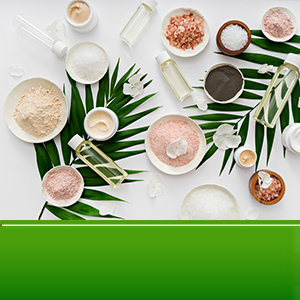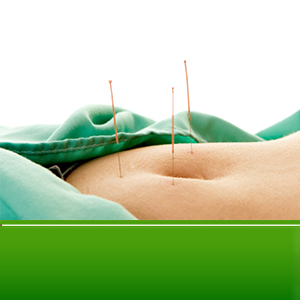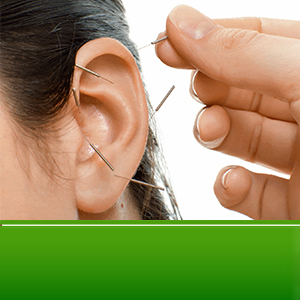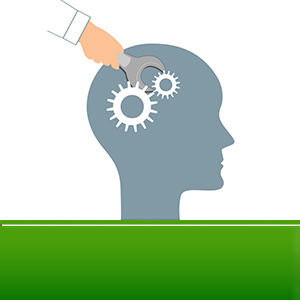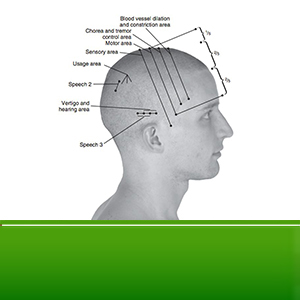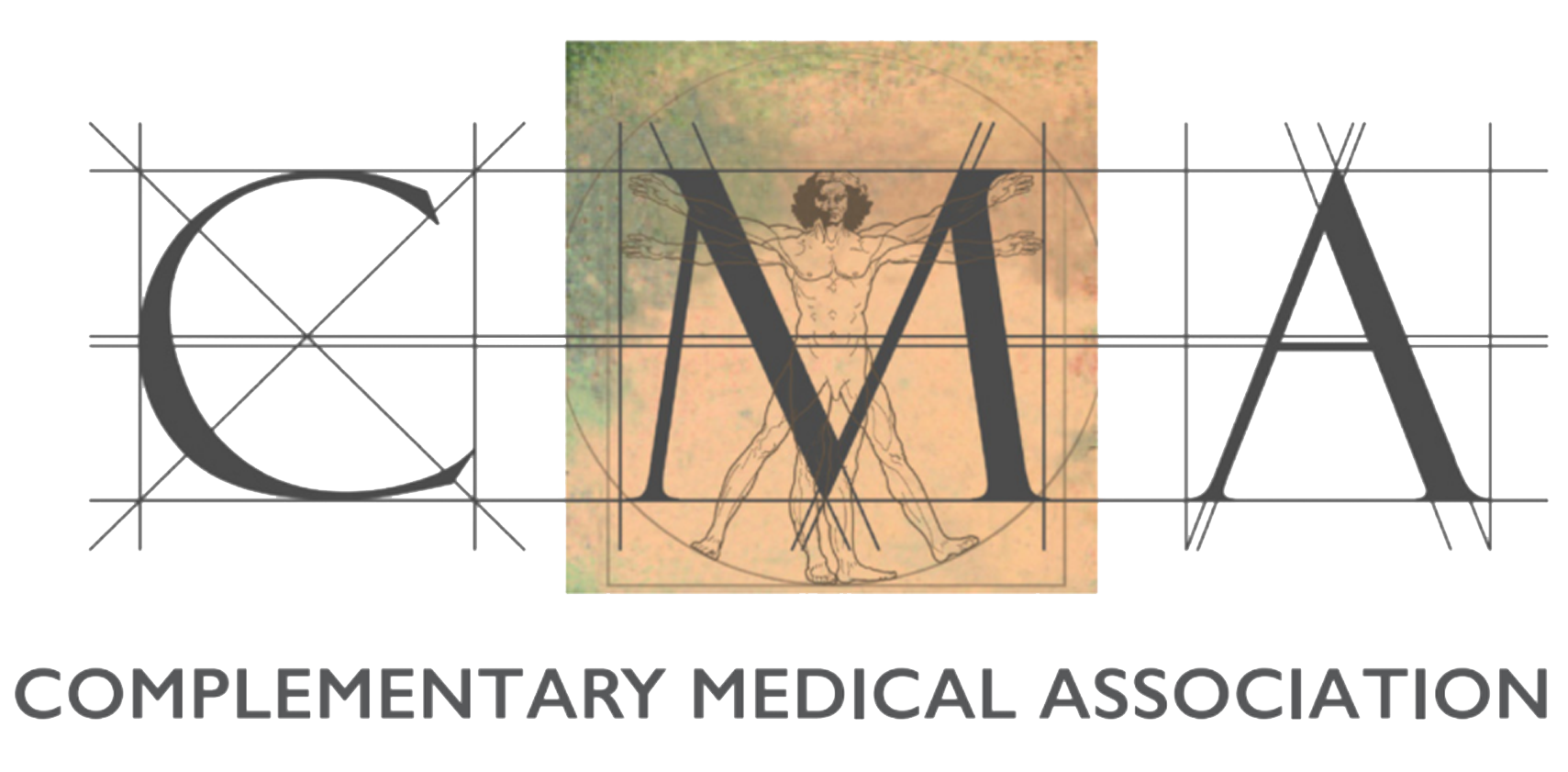
Register Now! Please, fill in your personal details and we will contact you shortly
Equine Health & Nutrition Management

Audience
About the program
How do you properly feed a horse? With so many feed, supplement and hay choices available, many people find themselves wondering exactly what their horse needs for good health and nutrition. Many horse-feeding opinions and myths make deciding what to feed even more difficult. When feeding horses, it is important to recognize that there are six basic nutrient categories that must be met: carbohydrate, protein, fat, vitamins, minerals and water. Often, feed companies will balance the first five nutrients for us; however, it is critical not to forget about water. A normal, healthy horse will consume 5-15 (or more) gallons of water per day depending on temperature, humidity and activity level.
Carbohydrates are the horse’s source of energy and are provided in the form of sugar, starch and fiber, these will come from sources such as forage, grass and concentrated horse feed. Water is essential in many biological reactions. Protein is a major component of tissues and is utilized in muscle growth. Fats are required to provide additional energy and also for vitamin absorption. Vitamins are needed for a host of functions, such as metabolism. Minerals assist in many chemical reactions in the body. An inappropriate diet will lead to unbalanced ratios of all requirements, causing deficiencies and possible toxicity. Health issues will become apparent depending on the diet’s nutritional value, performance will diminish, and musculoskeletal disorders may be noticed.
Clean water should be provided daily, and ideally, should be available at all times for the horse to drink when it is thirsty. If this is not possible, horses should be watered a minimum of twice daily and allowed several minutes to drink each time. Horses that do not drink enough water are more susceptible to conditions such as dehydration, intestinal impactions and other forms of colic. Over the last two decades, the degree of scientifically controlled research into equine nutrition and feeding has increased dramatically.
Research has confirmed the importance of the forage fraction of the ration for all horses and ponies. In common with all higher animal species, in order to maintain health and condition, the horse needs to receive a regular supply of certain dietary components or nutrients. The horse derives these nutrients from the feed ingredients in his diet. In the wild, the horse would wander many miles searching for grass and other herbage to supply his daily nutrient requirements.
Many modern horses only have restricted access to pasture and that pasture might contain only a limited number of plant species. Thus, the modern horse may not be able to meet his total daily nutrient requirement from his pasture. The available pasture provides sufficient levels of some nutrients but not of others and thus, the horse needs to receive supplemental nutrients in the form of concentrate feeds.
The horse, through evolutionary adaptation which has occurred over a period of 65 million years, has become a ‘trickle feeder’. His digestive system, with its small stomach and very large, bacteria-filled hind gut is designed to contend with an almost continuous intake of grass and associated herbage.
This course has been designed to give participants a ‘deep dive’ into four key areas of equine management:
1. Equine Physiology and Anatomy
An understanding of equine anatomy and physiology is crucial as a starting point for any discipline in equine management.
This section of the course will review external and internal anatomy.
It will also examine the major systems in an equine body, namely, the circulatory system, the respiratory system, and an overview of the urinary system.
Finally, participants will also gain a deeper understanding of the equine gastrointestinal tract and digestive process, starting with a review of the horse’s teeth and then, moving on to review the entire digestive tract and associated anatomy, including a focus on the stomach, foregut and hindgut.
2. Equine Nutrition
This section of the course will review the main nutritional components of an equine ration, ie., ‘the generators of energy’, namely, carbohydrates, proteins, lipids (fats) and water. These will be studied in turn, with consideration given to why they are important in an equine ration, what benefits / disadvantages they play in the ration and how, and where they are metabolised in the equine body.
It will also review the micro-nutrient element of the equine ration, namely, vitamins and minerals.
Various equine feedstuffs, namely, forages, concentrates and supplements will be examined in depth.
Finally, the section concludes with a review of equine health relating to nutrition, specifically focusing on how to determine if an equine is under / over weight – including a module on correct use of a weighbridge and how to effectively Body Condition Score (BCS) an equine. It will then close with a review of common dietary issues and clinical nutritional diseases.
3. Equine Sports Nutrition
This section of the course is designed to build on participants knowledge of equine nutrition and focus on the diet of ‘performance equines’ or ‘sports equines’, considering how varying disciplines place different physical and metabolic demands on the equine, similar to those faced by any trained athlete.
This part of the course is designed to build on participants knowledge of equine nutrition and focus on the diet of ‘performance equines’ or ‘sports equines’, whose activities cover a range of disciplines including, those covering long periods of relatively ‘slow work’ such as endurance riding and racing, whilst others, consist of short bursts of high speed activity such as polo and racing.
These varying disciplines place great physical and metabolic demands on the equine, similar to those faced by any trained athlete. Key to achieving peak performance is receiving a balanced diet. Equine Sports Nutrition is therefore a targeted and growing area within its own right.
This part will focus on diet composition of performances horses and how this links to their discipline performed. In particular, the course will review the challenges this can place on digestive health.
The second module will focus on a review of different energy sources and how best to link these to work disciplines. It will review forage : concentrate balance, and why this is important.
Finally, the second module will finish with a review of supplementation; and whether is important for performance horses.
The third module will consider nutrition for breeding. Working stallions and breeding mares have different nutritional requirements to other performance horses, so these will be reviewed in the final section of the course.
At the end of this part, participants will have gained a strong knowledge in all areas of equine sports nutrition and will have a good knowledge of how to best meet the nutritional needs of equine performance horses.
4. Equine Feed Supplements
The final section of the course will review the equine feed and supplement marketplace; reviewing the various supplements available today and considering their role and effectiveness in the equine body.
At the end of the course, participants will have gained strong, working knowledge in all four key areas of equine physiology, nutrition, sports nutrition and the feed and supplement marketplace.
The equine feed supplement marketplace was valued at approx. $78 million in 2020 and is projected to rise to $99 million by 2028, with a growth rate of approx. 3.4% from 2021 to 2028.
There are supplements on the marketplace for every conceivable reason and ailment. This course is designed to review the highly varied and competitive marketplace and consider these supplements in turn; What are they, why are they necessary, what do they do and are they effective?
Initially, it will consider equine calmers. Magnesium is typically included on their ingredient list and the course will cover different research supporting / contrary to the opinion that magnesium can ‘make horses calmer’.
Module two will move on to review joint supplements; why are they considered necessary and how can we gauge their effectiveness. In particular, the course will review what ingredients are typically used in joint supplements; namely, glucosamine, MSM and chondroitin, and it will review why and how these ingredients promote health benefits in the body.
Next the module will consider hindgut supplements, such as pro / pre-biotics. Once again, it will review typical ingredients used in these types of supplements and why.
Electrolyte supplementation will be considered next, with a review of what are electrolytes, why are they important and how the equine body utilizes these minerals.
Finally, vitamin and mineral supplements and balancers will be investigated, with discussions on their importance, when they should be used and why.
Where possible, recent scientific research will be reviewed and considered in order to give participants a view on ‘effectiveness’ or ‘validity’.
Students will develop practical skills to recognize a health and unhealthy horse, identify teeth and hoof health and develop skills to keep the general equine health. Principles of nutrition and grassland management will be covered with health and performance in mind. This program will help you also understand the importance of diseases in equines and the efficacy of the methods of equine disease prevention and control, learn the major causes of infectious and non-infectious diseases in horses, discuss sports injuries and performance limiting diseases in equine and analyze the efficacy of veterinary treatments, other therapies and rehabilitative techniques that are available for equine diseases.
Each student receives the “Anatomy, Physiology and Pathology” worth 10,000 dirhams, for free!
The most comprehensive program worldwide! It includes Equine Health Management, Equine Nutrition, Equine Sports Nutrition and the Equine Feed and Supplement Marketplace!




 About the college
About the college
 Lecturers
Lecturers
 Gallery
Gallery
 The Dean
The Dean
 CMA
CMA
 CMA President
CMA President
 Dubai Racing Club
Dubai Racing Club
 Dubai Equestrian Club
Dubai Equestrian Club
 Our partners
Our partners

